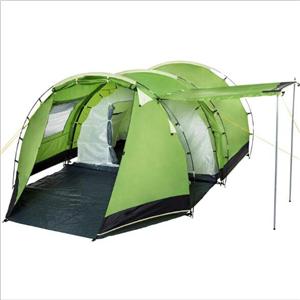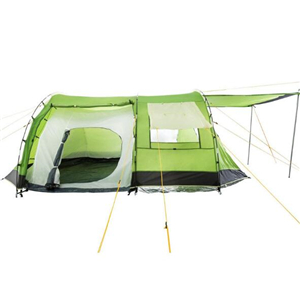The tents should be set up one after the other: first, set up public tents. At the downwind of the camp, set up a cooking tent, build a stove, and boil a pot of water, and then build a warehouse tent for storing public equipment and their respective camping tents upwind. When the tents of the entire camp are set up, the boiling water has been boiled, and you can drink and start cooking immediately. Choose to be a little lower at the leeward of the camp and away from the river (at least 20 meters away). It is best to dig a rectangular pit with a width of about 30 cm, a length of about 50 cm, and a depth of about half a meter, and put some stones and cedar leaves in it (to eliminate odors). Wrap three sides with plastic sheeting or packing boxes, and fix them, and the opening side should be leeward. Prepare some sand, a shovel and a piece of cardboard. After going to the toilet, use some sand to bury the excrement and toilet paper, and use a board to cover the toilet to eliminate odor.
Set up a more obvious sign outside the toilet so that others can see if someone is using it from a distance. At the end of the camping, bury the pit with sand, mark it, and tell other people who participated in the field activities. Prepare enough clean water to save drinking water. When the water is cut off, use the wild natural water with caution, and do not pick and eat the fruits of plants you don’t recognize. In an emergency, water can be taken from the wild.
The first place to find water in mountainous areas is at the bottom of valleys. In mountainous areas, you should look for water along rock cracks. Springs are often dug in dry riverbed sandy areas. If you are on the coast, you should dig pits above the highest waterline. It is likely that a layer of sedimentation water with a thickness of about 5 cm is floating on the denser seawater layer. When drinking water from the stagnant area, it must be disinfected, settled and then boiled for drinking.








